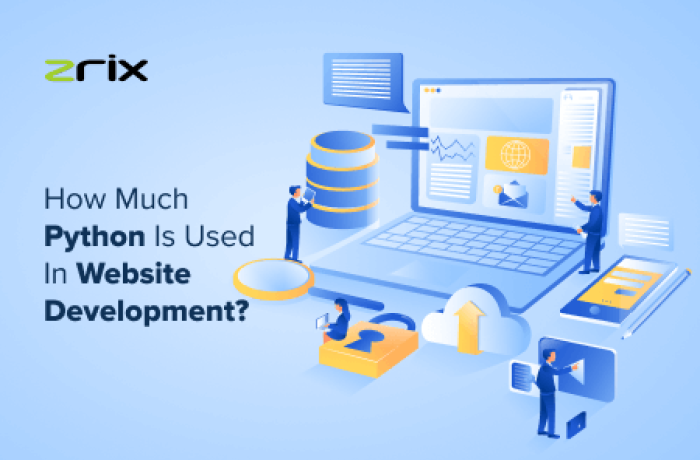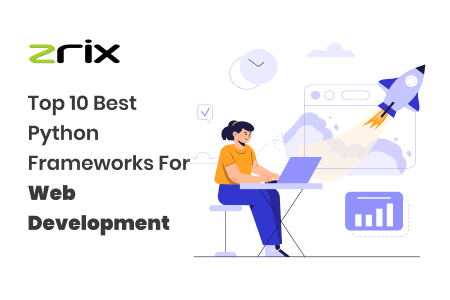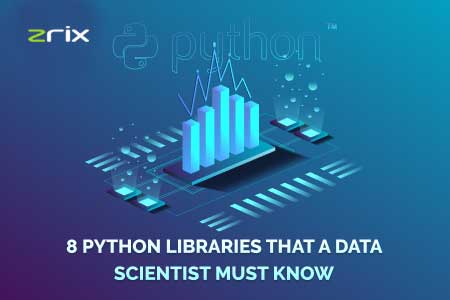Among the current programming languages, Python acquired strong status in a brief period. It is the most famous coding language that shares the greatest market at present.
As an OOP Language focused on quick development, Python has roused many arising organizations and startups to pick it as the best option.
It's a top pick of web developers because of its solid focus on efficiency, learning, and readability. Besides, for the learners, it's an extra skill.
This blog entry will acquaint you with Python qualities and how it embeds itself into the web development space. We should begin!
Quick Navigation
Python was made in 1991 by Guido van Rossum.
It's a way of thinking features, code readability, which is clarified by its simple syntax, namespaces, and inflexibility towards space. The effortlessness, readability of Python make it a most loved language for some individuals.
Being a simple yet amazing language, it chugs along as expected on the most famous operating systems (Windows, Linux, and Mac). Likewise, it adjusts to the programmer's coding style that best suits the given task.
Python for development isn't simply limited to websites building but is also used in the Internet of Things, Artificial Intelligence, Machine Learning, Deep Learning, and Data Science Services for different business verticals/ industries like Automation, Healthcare, Finance, and some more.
In any case, here in this blog entry, we will discuss web development and designing!
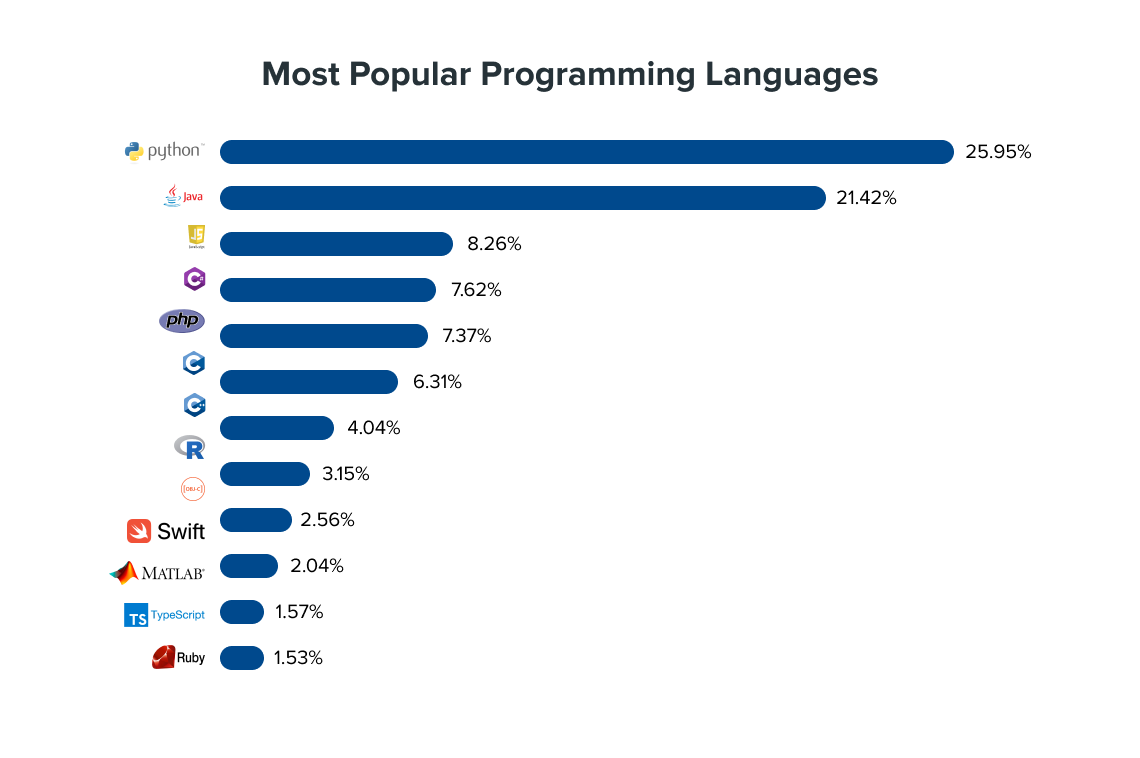
Why Is A Simple Website Using Python?
Regularly, web development includes a frontend, all that associates with the client, and a backend, which contains business logic and cooperates with a database.
Web development with Python begins as a back-end language, and it is typically joined with some other front-end language like JavaScript to fabricate an entire website.
Also Read: 8 Python Libraries That A Data Scientist Must Know
The purpose for Python web development is simple: it's a versatile, adaptable, and profoundly efficient programming language that offers dynamic composing capacities. Permits developers to make logical applications, system applications with graphics, games, command-line utilities, web applications, and a lot more choices.
Also, it is free, open-source, and has a tremendous arrangement of python libraries for web development. Therefore, implanting and conveying python in your business IT products is simple in the realm of advanced systems.
What Makes Python Great?
- Code written in Python for development is not difficult to read and you can get a handle on a great deal out of it just by taking a gander at it — not any more curly braces and code blocks.
- Its standard library support empowers you to execute a ton of mind-boggling functionalities without any problem.
- It supports numerous systems and platforms
- It is OOP-driven, offers great support for objects, modules, and other reusability instruments.
- The best Python framework for web development is Django.
- It allows you to develop rapidly with a lot lesser code
- It's versatile and allows you to grow even complex applications effortlessly.
- It gives an in-constructed testing framework to set debugging time and empowers the fastest workflows.
- The Python resource library is truly outstanding among programming languages.
- It incorporates effectively with different languages
- It is open-source, freely accessible, and very steady
Some different advantages for which a top web development services company in the USA utilizes Python web development frameworks like Django, Pyramid, Web2Py, and Flask in the development are - Easy to learn, Good readability, Handles complex tasks on the back-end effectively, Rich ecosystem and libraries, and Fast prototyping.
Is There Any Python Web Development Roadmap?
- To start building websites, you first need to learn HTML + CSS. Learn how to structure responsive static pages. Also, learn some other concepts like hosting, HTTP/HTTPS, Browsers, DNS, CDN, etc.
- Next, you have to learn JavaScript concepts related to data types, string manipulation, variables, arithmetic and operators, control statements, loops, etc.
- Now, learn DOM and jQuery to create dynamic pages.
- Now, comes the backend. Learn the basics of Python, prepare yourself for the Django framework. With Django, you can set your backend environment. Also, you get the chance to establish business logic.
- Learn about the databases like SQLite. Following this learning path, you can master the Python full-stack framework!
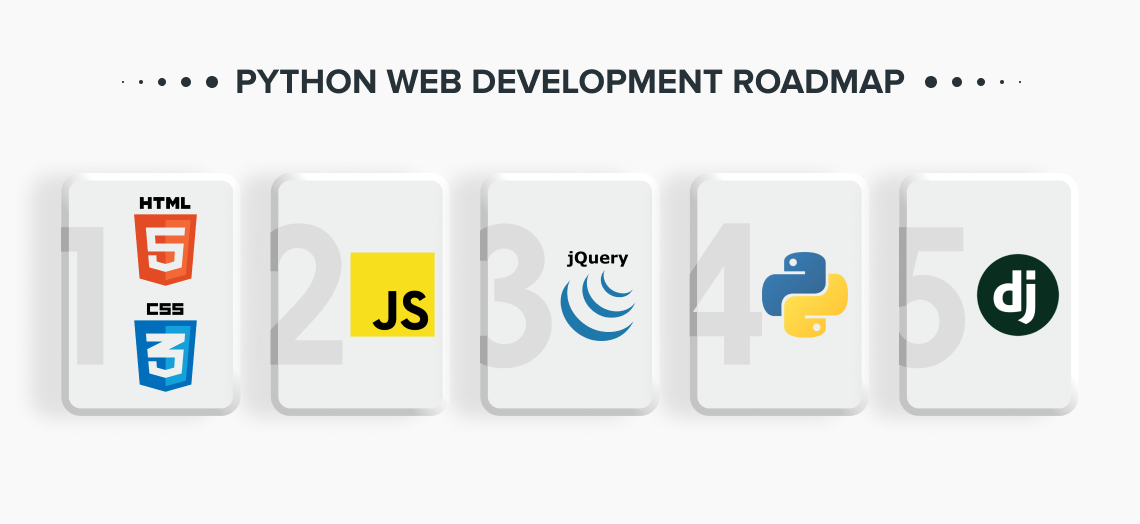
Also Read: 10 Best Python Frameworks For Web Development
What Is Not Great About Python?
- Python has a more modest pool of experienced developers contrasted with different languages like Java.
- It needs obvious multiprocessor support
- Python is slower in performance than different languages
- The language is anything but a decent decision for portable applications and memory-intensive tasks.
- It has database access limitations
- Concurrency and parallelism are not designed in the language for super-rich use.
- Python's one-line capacities (Lambda) feel very limited with regards to metaprogramming of the sort well known in LISP.
- The main explanation that would rather not learn Python is that sooner or later you should learn JavaScript; and when you do, learning Python will appear to be pointless.
Last Verdict!
Python is a stunning coding language that has been around for quite a while. Its clear syntax settles on it ideal as the best option language for beginners, yet it is sufficiently incredible to be behind a portion of the universes' most famous websites.
Both of its most well-known frameworks - Django and Flask - have their benefits, and you can go with both of them to assemble your web application. However, if you are a less experienced developer, we recommend, you hire a Python developer in USA.
Whether or not you decide to take on Python depends upon many factors. Hopefully, a nearer comprehension of the previously mentioned pros and cons of the language can assist you with concluding whether it would be ideal for your current and future necessities.
